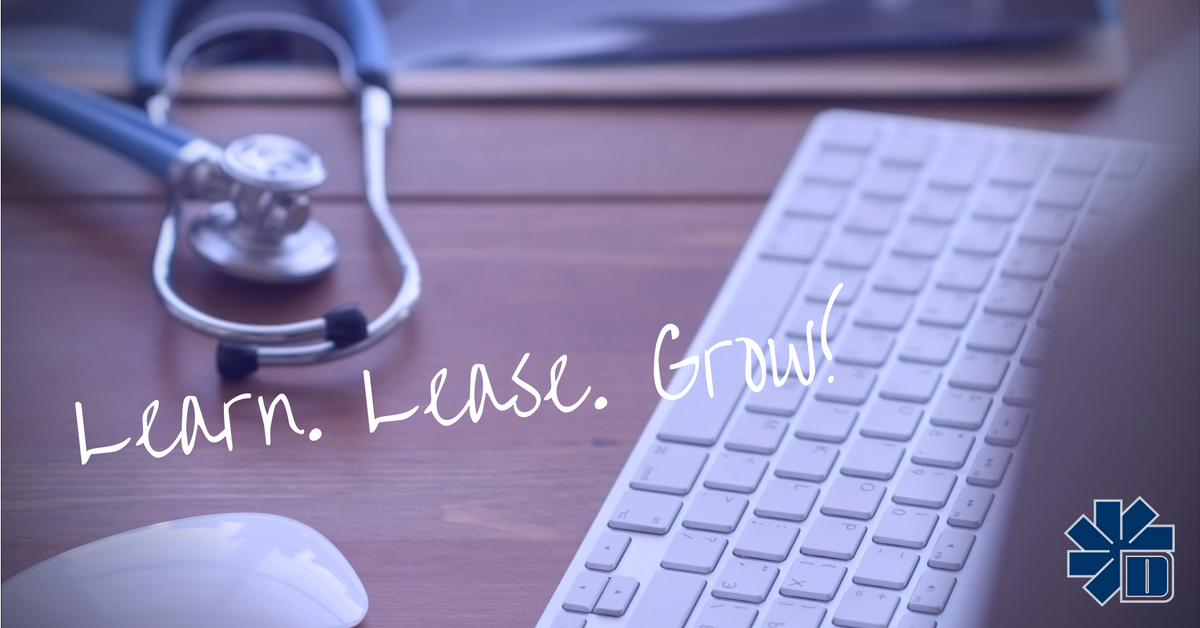Constraint-Free Construction: The Importance Of Financial Flexibility In The Building Industry

Success in business is only possible if you plan ahead, and this is particularly true in the construction industry. Building companies have to deal with a wide variety of contingencies that can suddenly raise their costs or cut their revenues. This creates serious shortfalls, making it essential that you have flexible financing to cover them.
Working capital offers the financial flexibility you need to deal with these problems. By providing cash, they allow companies with few liquid assets to cover cost increases and revenue shortfalls. Thus by maintaining access to working capital, you can survive:
Rising Resource Costs
From wood to drywall to wiring to scaffolding, construction companies need countless resources. Relatively minor changes in commodity prices can send the cost of these resources through the roof. For example, a sudden increase in demand for metal can drive up the price of wiring, scaffolding, and pipes, among other resources. These developments may well raise operating costs above what you’ve budgeted for. Working capital loans let you cover the difference until either the costs fall back down or your revenues rise to match.
Sudden Revenue Shortfalls
No matter how reliable and honest your clients are, there’s always a chance that they’ll fail to pay for your services on time. Even clients who work with you in good faith may still have to deal with financial problems on their end, forcing them to stall payments. If they simply don’t have the money, there’s not much you can do other than wait for them to get it, but you still need to fund your company until they do. Working capital lets you pay for everything while you’re waiting, so that your company doesn’t miss out on future opportunities because of problems with past work.
Inclement Weather
While you likely plan your operations around weather forecasts, storms sometimes travel farther or prove more intense than predicted. This can delay your operations, and thus your payments, for days or even weeks at a time. In the meantime, you’ll have lots of fixed costs that you still need to cover. With access to copious working capital, you won’t have any trouble doing this.
Injuries & Safety Issues
When a worker gets injured, your costs can increase markedly. Not only must you pay for their workers’ compensation, but if the cause of the accident isn’t immediately apparent, you’ll have to stop construction, identify it, and shore it up. With working capital, you can cover all these costs, restore your business to full safety, and get back to work.
For more information on costly contingencies in the construction industry or to obtain the working capital to deal with them, contact Dimension Funding today.
Recent Posts
- Benefits of Food Truck Ownership June 26, 2024
- Bonus Depreciation is About to Phase Down to 80% in 2023 December 29, 2022
- Tax Benefits of Buying Equipment & Software Before December 31, 2022 December 8, 2022
- How the Inflation Reduction Act Impacts your Business and You and your Family August 16, 2022
- Recession? What Recession? July 27, 2022









